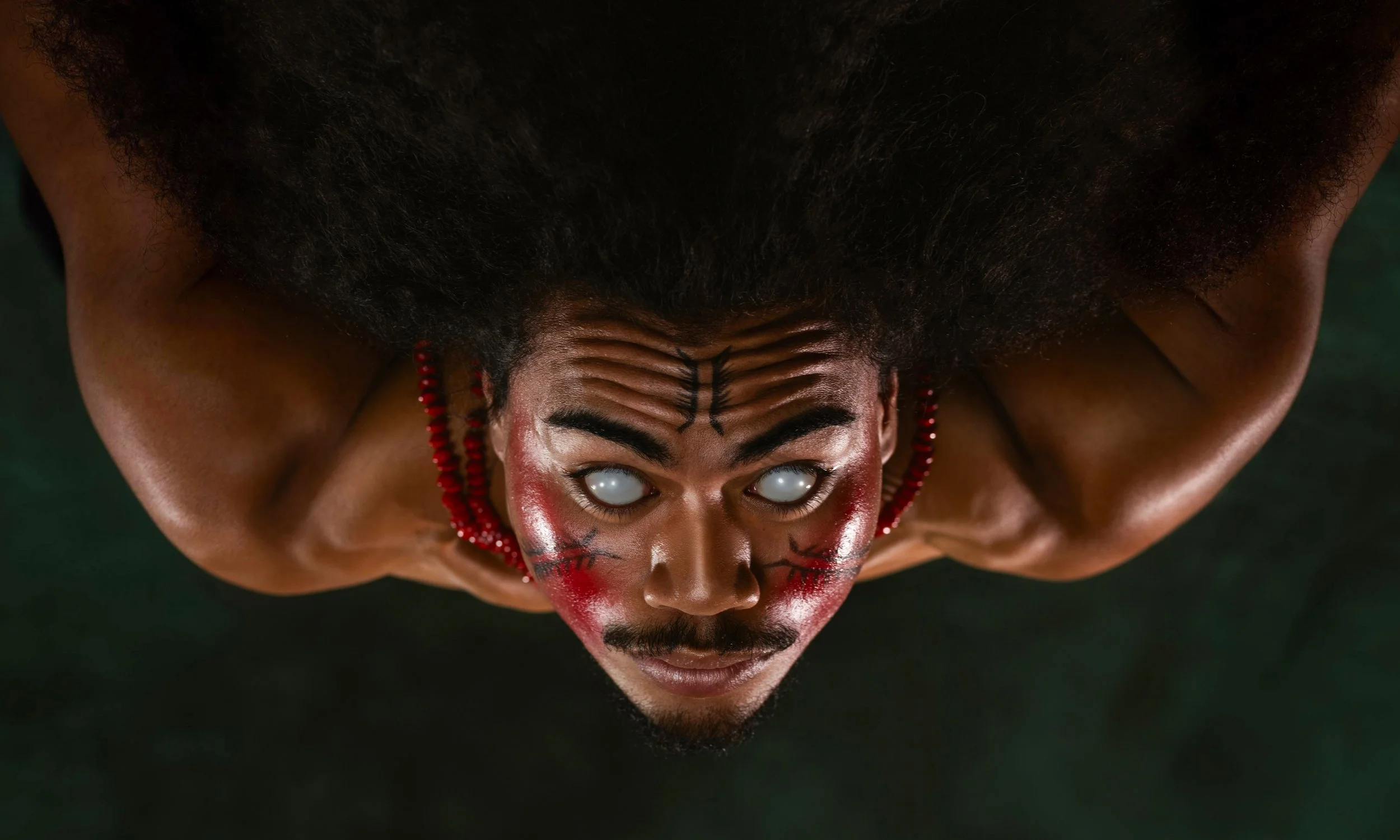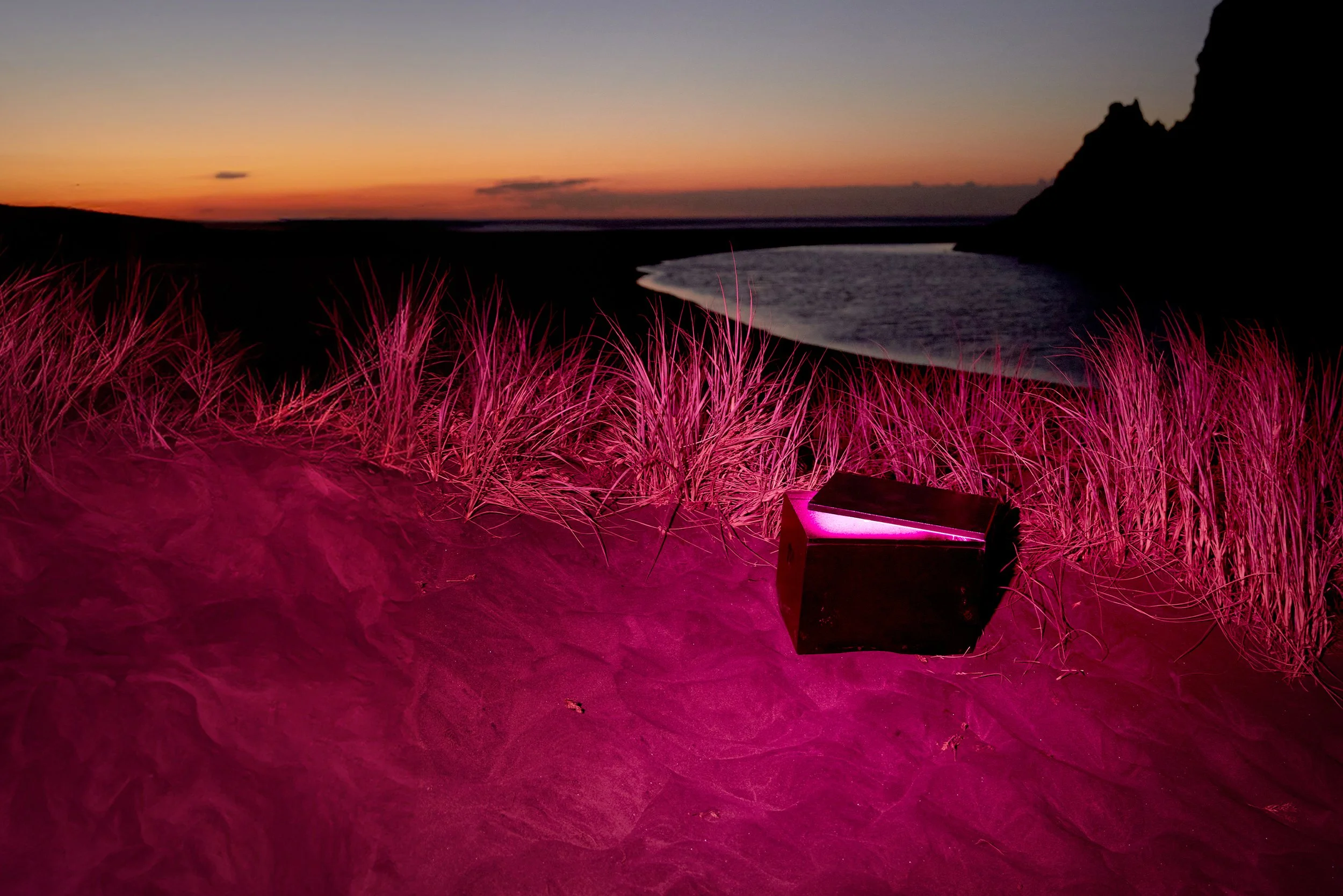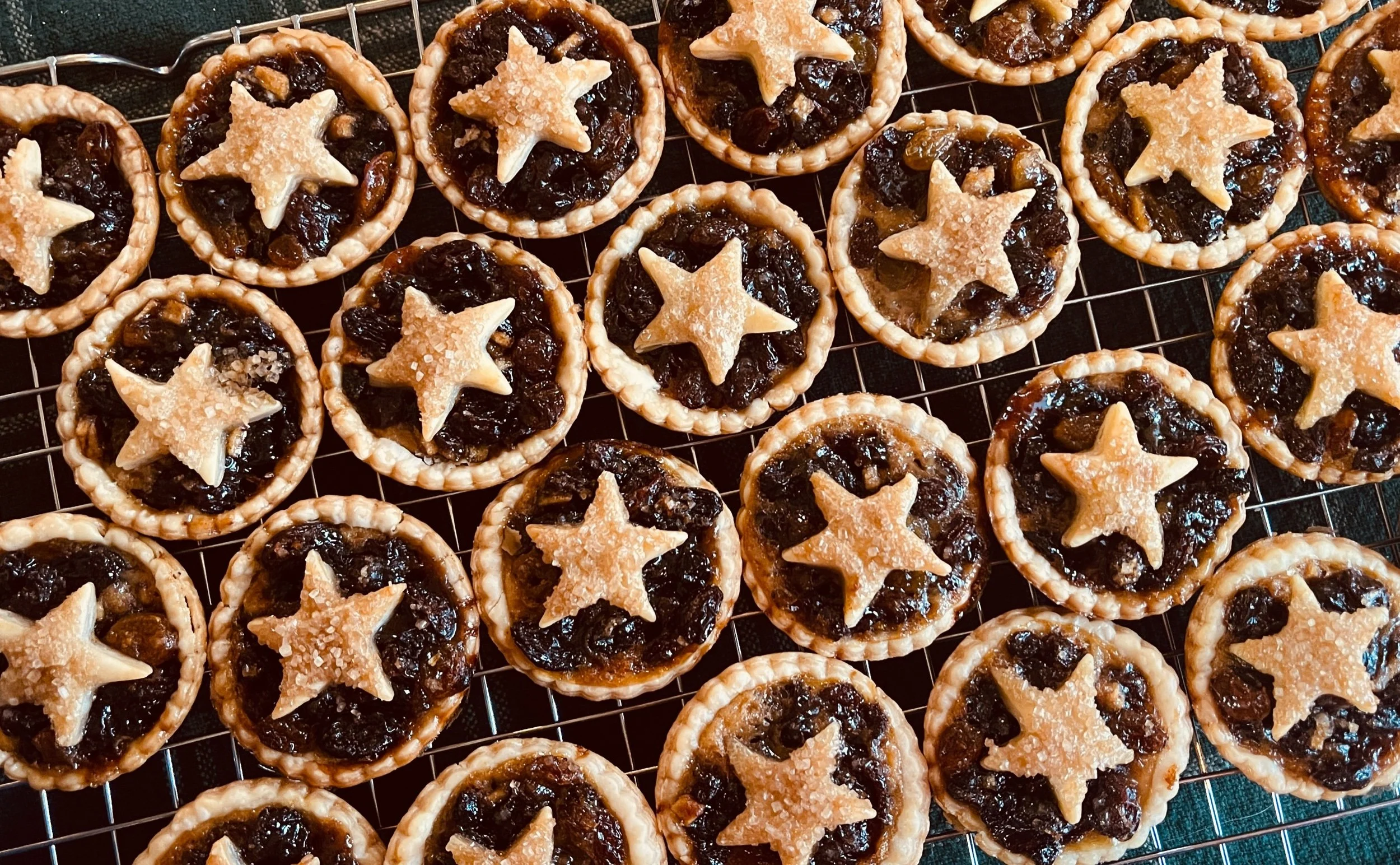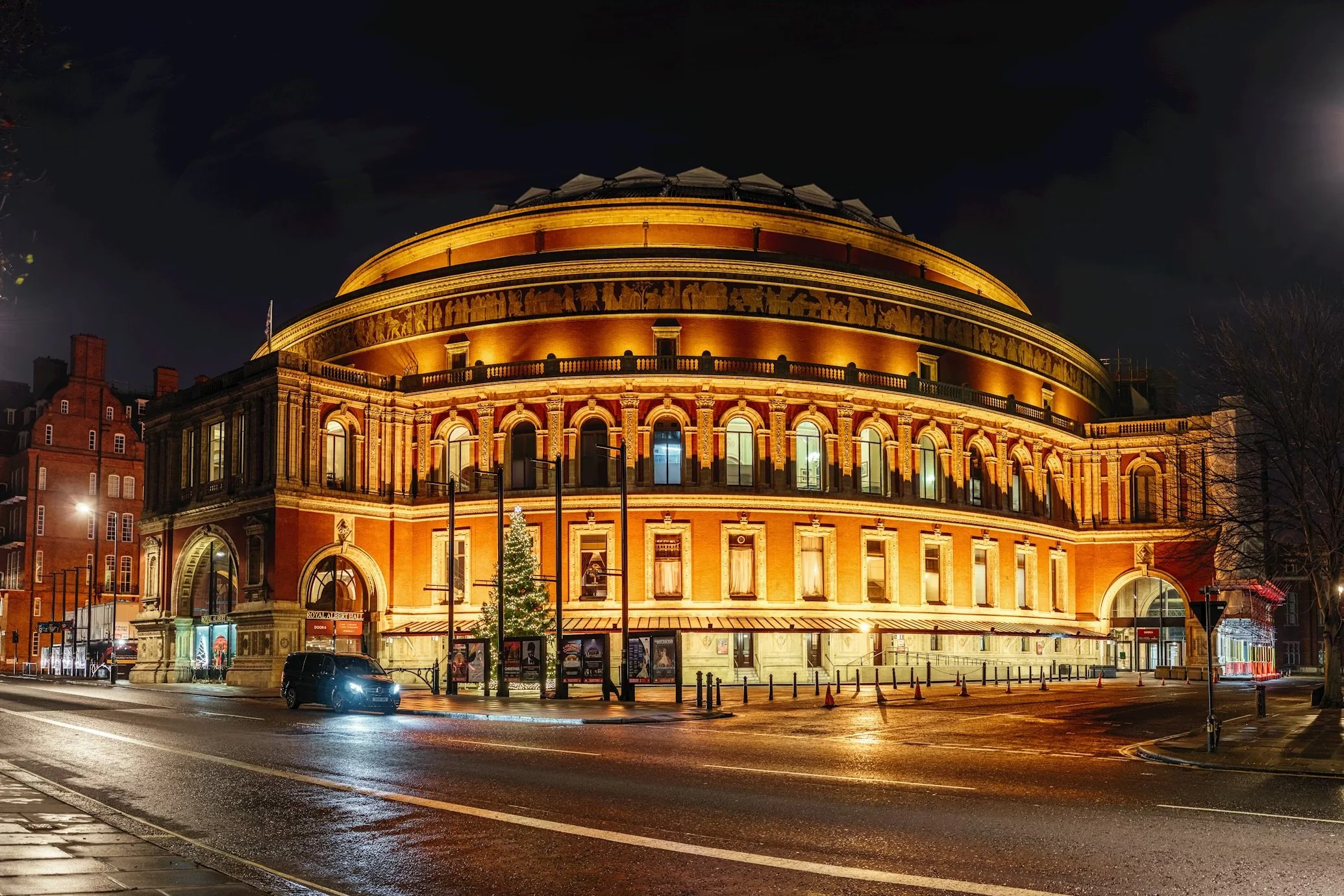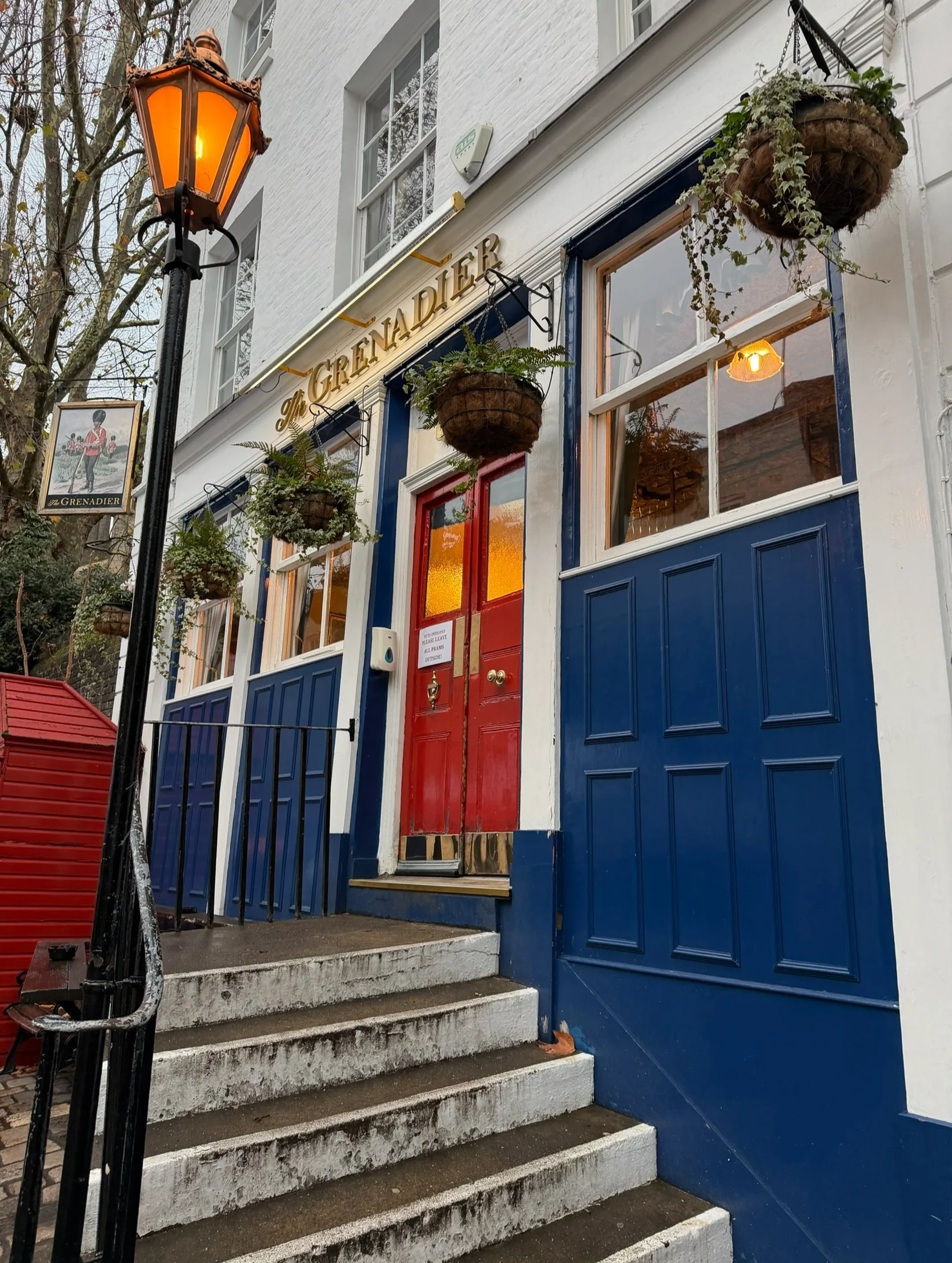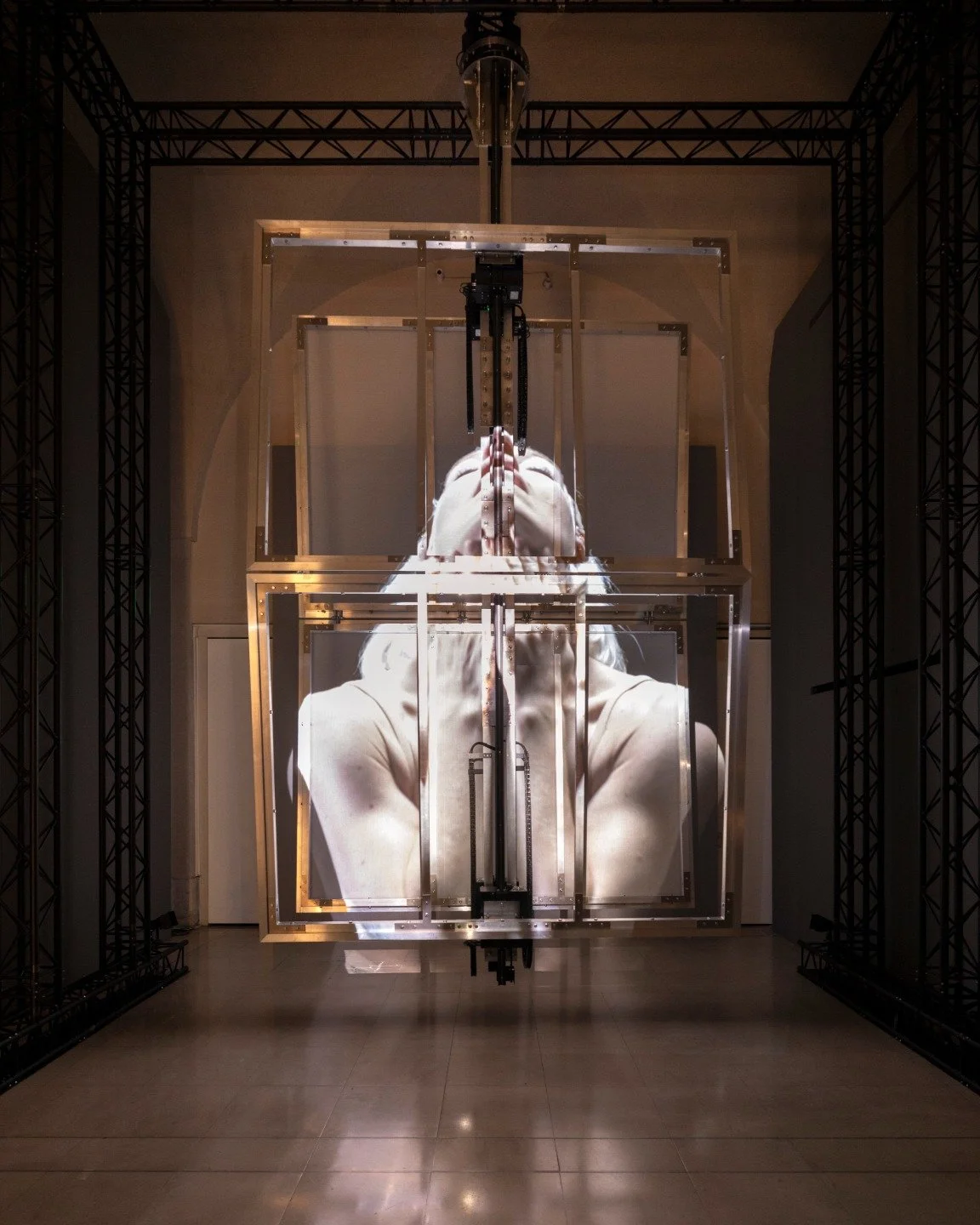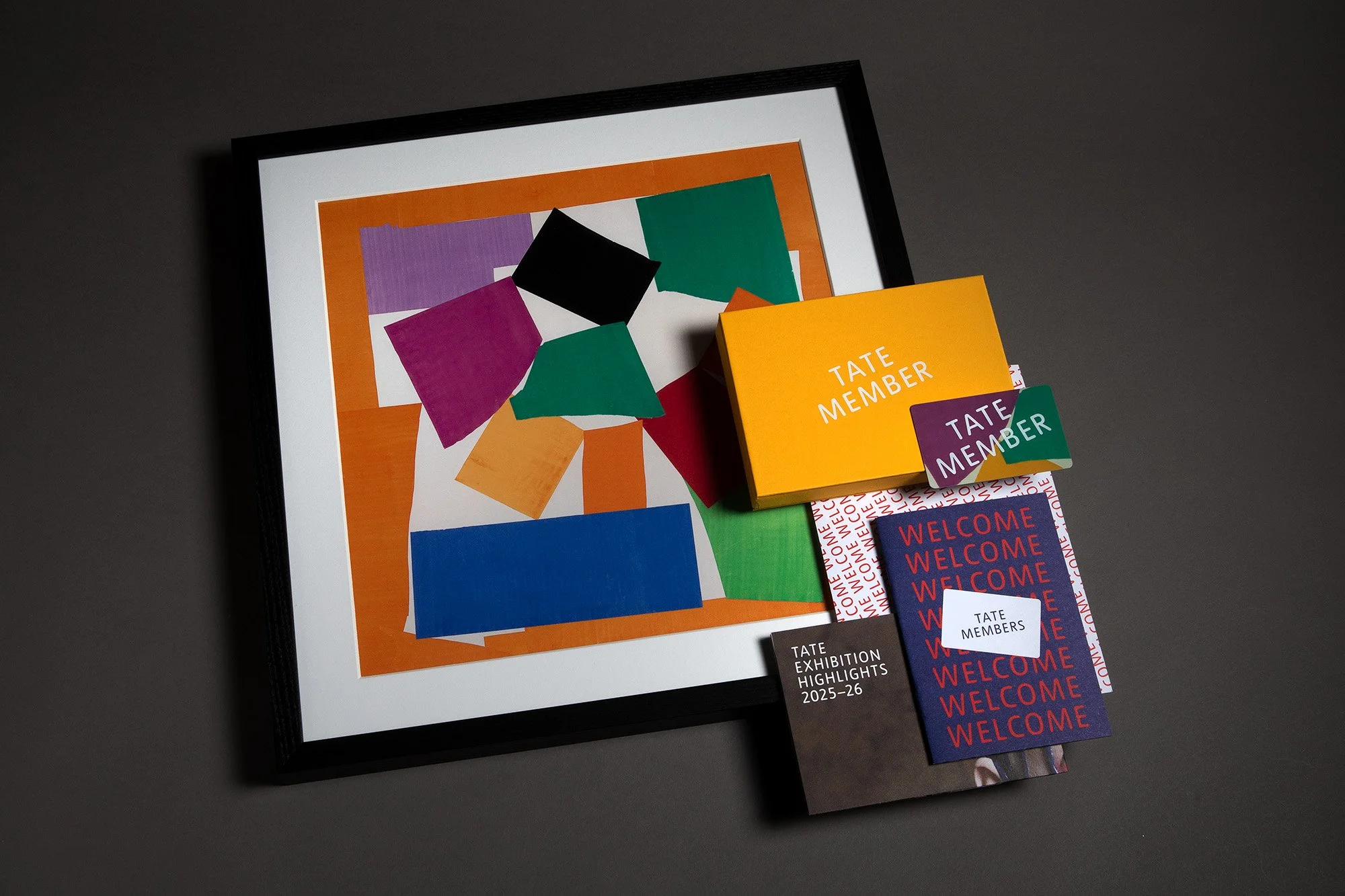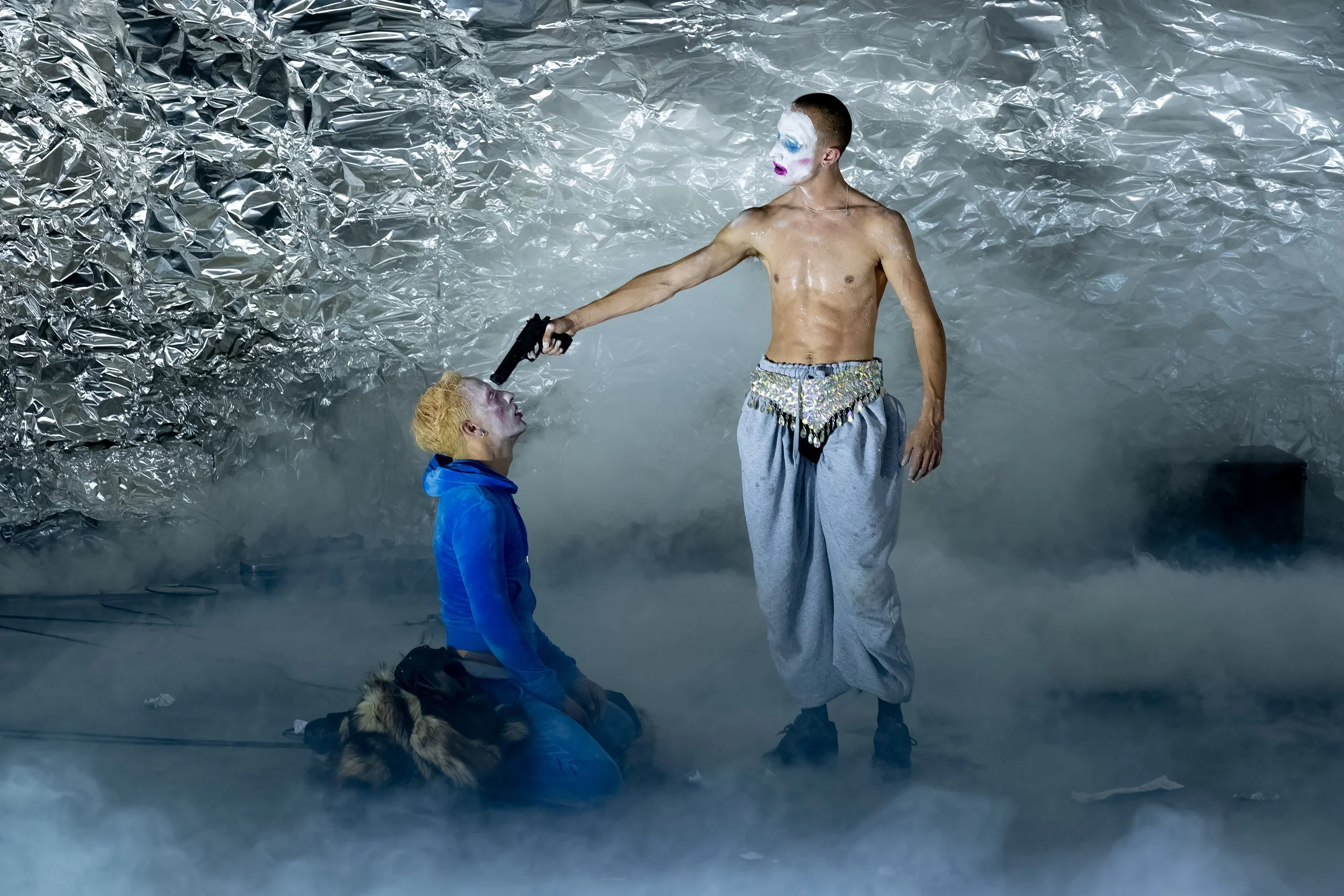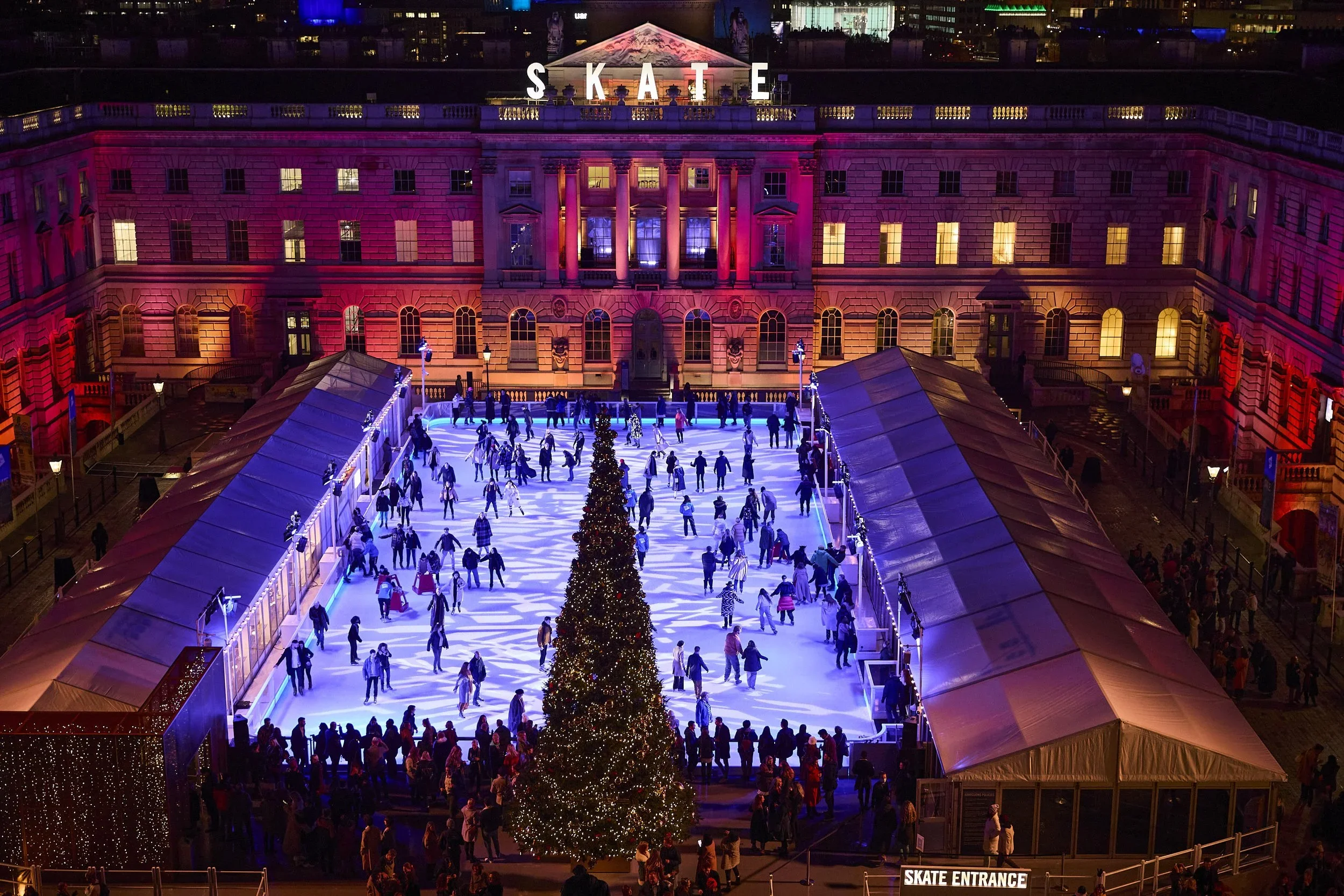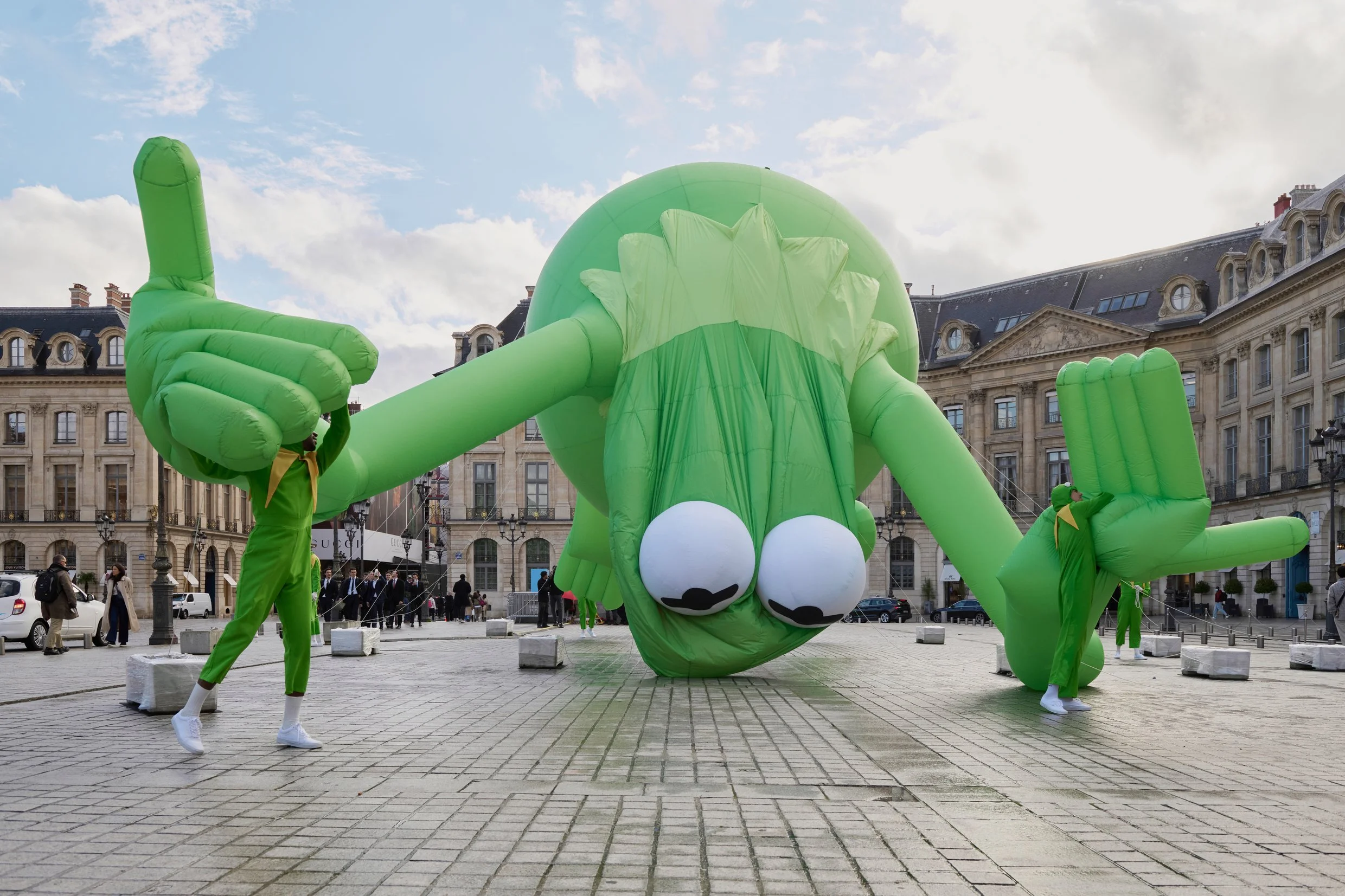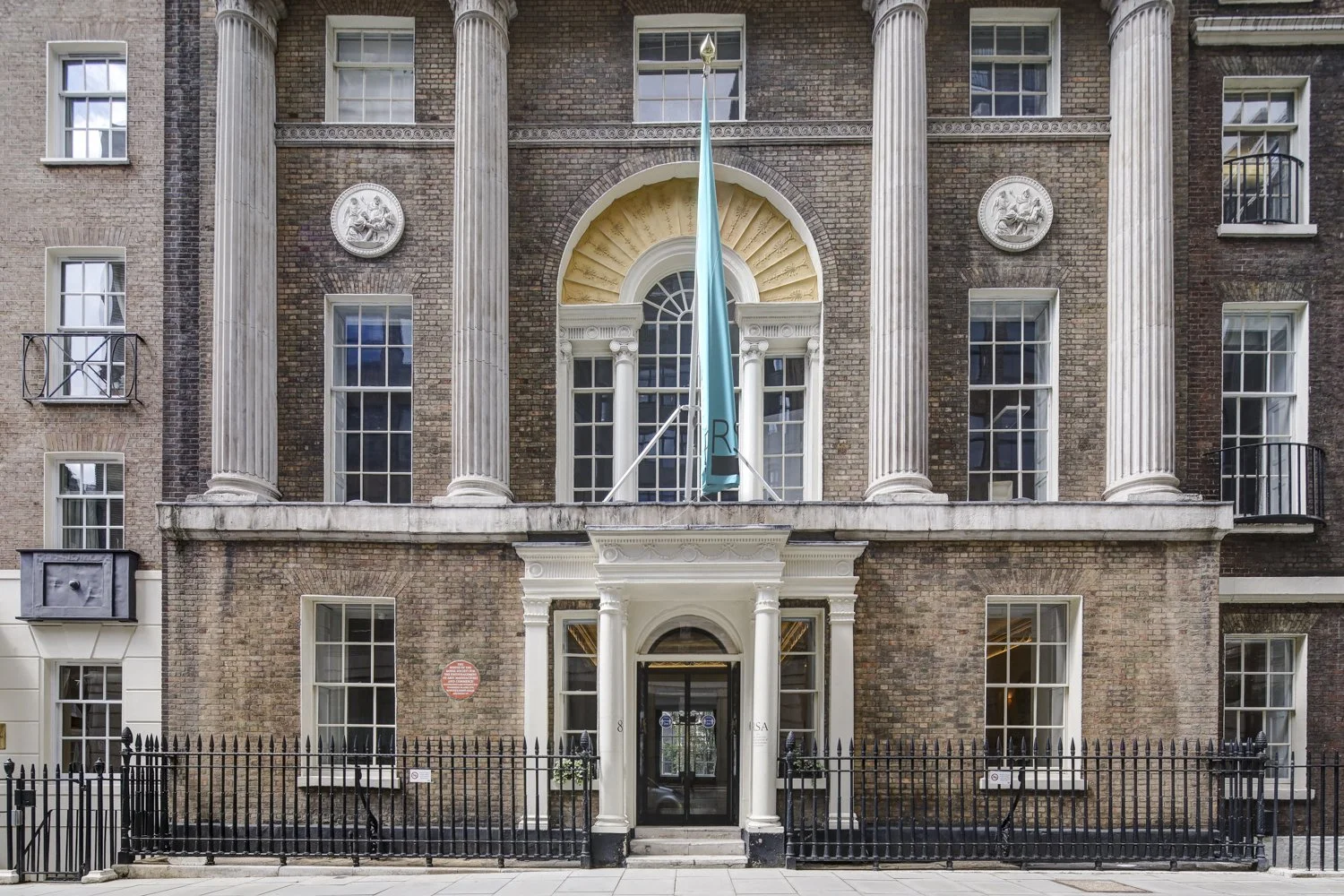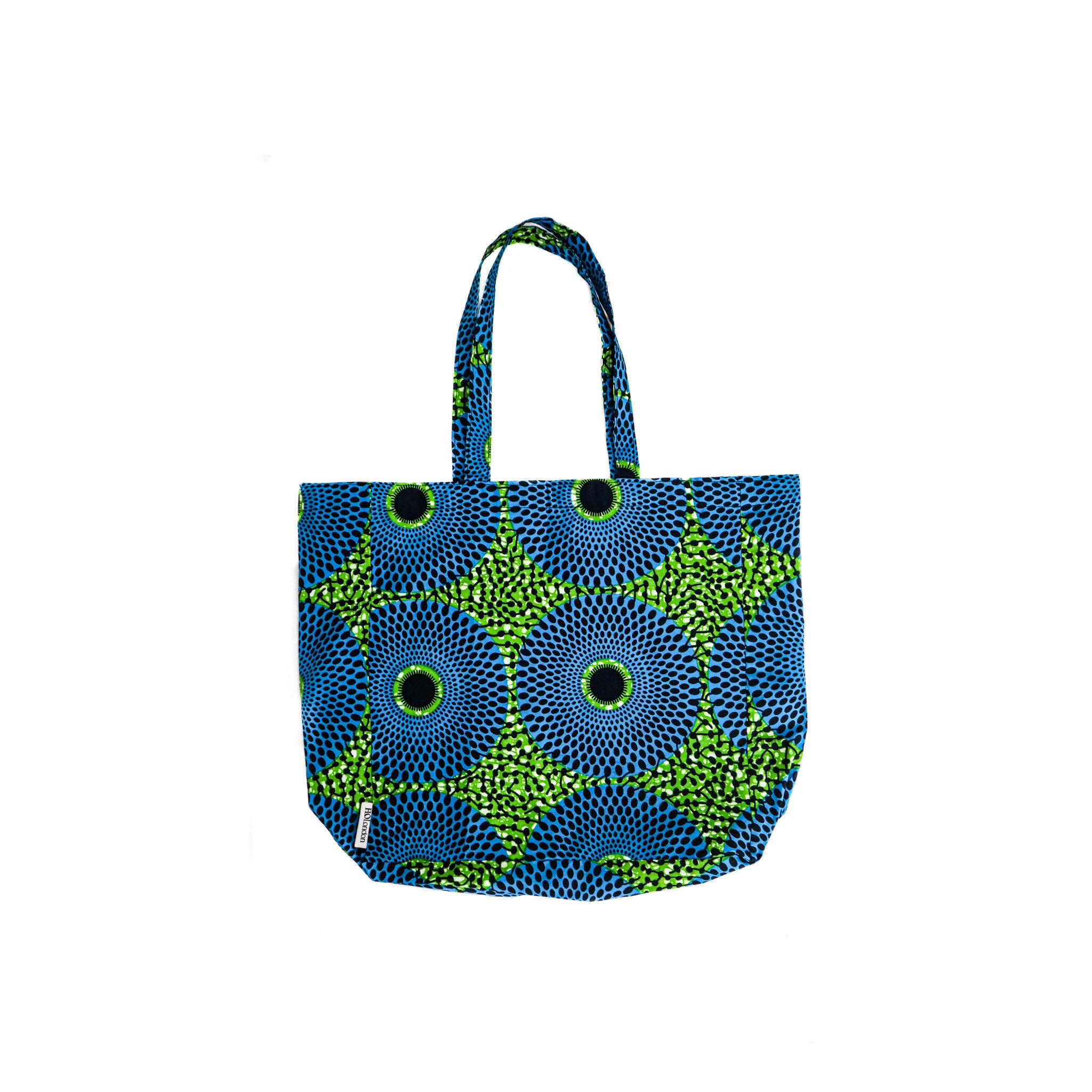5 things you can’t miss at Manchester International Festival 2025
Manchester International Festival got underway on Thursday (3 July) with a rumble as a herd of life-sized cardboard puppet animals stampeded through the streets of the Northern Capital, travelling north to flee climate disaster. From where they started in the Congo Basin in April, THE HERDS – created by The Walk Productions, the team behind ‘Little Amal’, and led by Artistic Director Amir Nizar Zuabi – have already visited numerous cities along the route including Lagos, Marrakesh, Madrid, Paris and London. Heading for the Arctic Circle, this will be an epic journey of 20,000km. The public artwork is on an unprecedented scale and vividly dramatizes the climate crises – and on a week when most of the UK has seen its highest temperatures of the year, this message seems particularly poignant.
Under the directive to ‘dream differently’, the Festival this year is set out to inspire fresh perspectives and challenge conventional thought – envisioning new possibilities, brighter futures and utopian spaces. Championing indigenous artists and creators from the Global South, it’s exciting to see MIF expanding its international impact, while at the same time giving important platforms to local artists and diverse communities in the North West. Curated by Creative Director Low Kee Hong, MIF is for the first time hosted in the outstanding Aviva Studios, home of Factory International, with partner venues including HOME, the Royal Exchange, and unique found spaces on the city streets. Here are some of our must sees.
Football City, Art United
Football City, Art United. at Manchester International Festival. Photography by David Levene.
A collaborative project between World Cup and Champions’ League winner Juan Mata, curator and Serpentine Artistic Director Hans Ulrich Obrist, and filmmaker and curator Josh Willdigg. The entry point into the exhibition is a long tunnel designed by American artist Paul Pfeiffer alongside the former Dutch footballer and photographer Edgar Davids. Light, vibrations and the sounds of roaring crowds transport you to the world between the locker room and the pitch. Inside, 10 further new artworks that are the result of artist-footballer pairings, including a posthumous (holographic) collaboration by Diego Maradona with Jill Mulleady, who draws on her personal memory of meeting the legendary player in Buenos Aires, where she grew up. Mulleady createsa layered installation that resonates with one of football’s most mythologised moments – ‘La Mano de Dios (the Hand of God)’. Other highlights include Ryan Gander’s partnership with Eric Cantona in several parts, including an automated spotlight that randomly selects and follows visitors – manifesting the isolating glare of celebrity – and a reproduction of the ticket from Cantona’s final appearance for Manchester united in 1997, 500 of which (inscribed with a poem by Cantona) are to be handed at random to visitors of the exhibition. And it was an absolute joy on opening day to come across Alvaro Barrington (whose work is also on show as a collaboration with Brazilian footballer Raí) knocking a ball about with a football-strip-wearing Obrist, in the whimsical and interactive play arena conceived by architect and urbanist Stefano Boeri alongside Mexican artist Eduardo Terrazas and footballer Sandro Mazzola. Proof there that even in 2025, in art and in football, there can still be play.
Date: Until 24 August 2025 at Aviva Studios.
A Single Man
A Single Man, James Hay and Ed Watson. Image credit Johan Persson.
Also at Aviva Studios is the World Premiere of A Single Man, a stunning stage version of Christopher Isherwood’s 1964 novel (later made into a film by Tom Ford starring Colin Firth). The novel follows George, a gay, middle-aged professor navigating life and grief in 1960s California. Created by Jonathan Watkins, this iteration is as an exhilarating contemporary ballet with new music by Jasmin Kent Rodgman and John Grant, who performs live throughout the production as the ‘mind’ of the main character whileRoyal Ballet Principal Ed Watson performs the central bodily role. If raunch and loveliness can be happy bedfellows, it is here, sometimes through the smooth transitions of melodies, movements and scene shifts, at others with more of a 180, such as when a tennis match quickly transforms into the protagonist’s homoerotic fantasy – all to the thumping, echoing beats of Grant’s “40-love, 40-love.” But it’s not just thrusting and writhing – the full chorus pieces in particular arelayered, playfully complex and at times hypnotic. The tale, and this telling of it, is both heartbreaking and hopeful. The life of a man, inside and out, is laid out on stage in all its beauty and vulnerability – a story of being human. It’s a short run in Manchester, but A Single Man will be in London later this year, so be quick to grab a ticket.
Date: Aviva Studios until 6 July; the Linbury Theatre, London, 8 – 20 September 2025
Santiago Yahuarcani: The beginning of knowledge
Santiago Yahuarcani, 2025 exhibition installation the Whitworth © the Whitworth, The University of Manchester. Image credit Michael Pollard.
The first international solo exhibition of works by Santiago Yahuarcani – an artist, Indigenous activist and leader of the Aimeni (White Heron) clan of the Uitoto people. Working from a remote Amazonia town in northern Peru, Santiago Yahuarcani creates large-scale, narrative rich paintings exploring the relationship between the Uitoto people and the natural world. The artist uses natural dyes on llanchama — a bark cloth made from the ojé tree native to the Amazon. Yahuarcani’s work exists outside of Western art history, instead harnessing ancestral memory, the sacred knowledge of medicinal plants, and the sounds of the jungle, to create artworks that are urgent acts of education and resistance. In each of the works, a multitude of stories can be found, showcasing his profound visual storytelling over the last fifteen years. From portrayals of Uitoto origin stories to memories of the enslavement of the Uitoto people during the Putumayo genocide (1879-1912), the works honour and preserve intergenerational legacies and invite us to consider how Indigenous knowledge can shape a more just and interconnected future.
Date: Until 4 January 2026 at Whitworth Art Gallery.
Fale Sā / Sacred House
Fale Sā / Sacred House. Image credit FAFSWAG
Critically acclaimed Queer Indigenous collective FAFSWAG take over HOME with a varied and interactive exhibition and programme grounded in Pacific identity and culture. Created over the last two years specifically for MIF25, Fale Sā / Sacred House responds to the reality that home is a precarious notion for cultures in a constant state of motion and displacement. Founded in Auckland in 2013, FAFSWAG’s work centres Indigenous world views, drawing from a deep well of ancestral knowledge to imagine potential futures for Indigenous people beyond the colonial gaze. Using different styles of storytelling and transmission, this collective of contemporary artists weave together a living archive of cultural knowledge and experience, each artist bringing their own unique focus to some of the major issues impacting Pacific peoples. Fale Sā / Sacred House explores themes like transformation and ritual, fantasy and futurism, the environment, cultural languages and spirituality. The exhibition brings into question the nature of our relationships to our communities, our environment, and the constantly expanding cosmos, with artists directly accessing ancestral memories to craft collective stories and imagine Indigenous futures. Joyous and thought-provoking celebration of cultural exchange and storytelling, with this project FAFSWAG ask for your participation, not your consumption.
Date: Until 10 August at HOME.
An Inheritance
An Inheritance. Image credit Greta van der Star
Created with a promise to be kept safe and re-exhibited in 2125, An Inheritance brings together a sprawling collection of knowledge, advice, jokes, memories and objects curated by over 500 primary school children from across every borough of Greater Manchester. Objects to be kept for children of the future include a pack of Uno cards with written instructions, a selection of flower seeds, a jar of honey and a copy of Manchester Evening News. The latter features on its cover an image of the now ruined Hotspur Press in flames, but it is not just the controversy of that event which makes this item worth keeping – instead it’s the idea that newspapers may not exist in 100 years’ time. This notion resonates throughout the film which has also been created with the Year 5 students, who ask questions like “How bad is deforestation now?”, “Are there any new religions?” and “Has there been World War 3?” But not everything is so heavy. There is some humour and hope. “Do you play cricket in the future?” “Do you think our video games are boring and we are rubbish at technology?” An immersive installation filling multiple walls also lays out some heart-warming advice for the future: from how to make a ham sandwich, how to make friends and how you shouldn’t laugh when someone gets the question wrong.
Date: Until 2 November at Manchester Art Gallery.
Manchester International Festival runs until 20 July 2025. Find out more at factoryinternational.org
Words by Tani Burns




